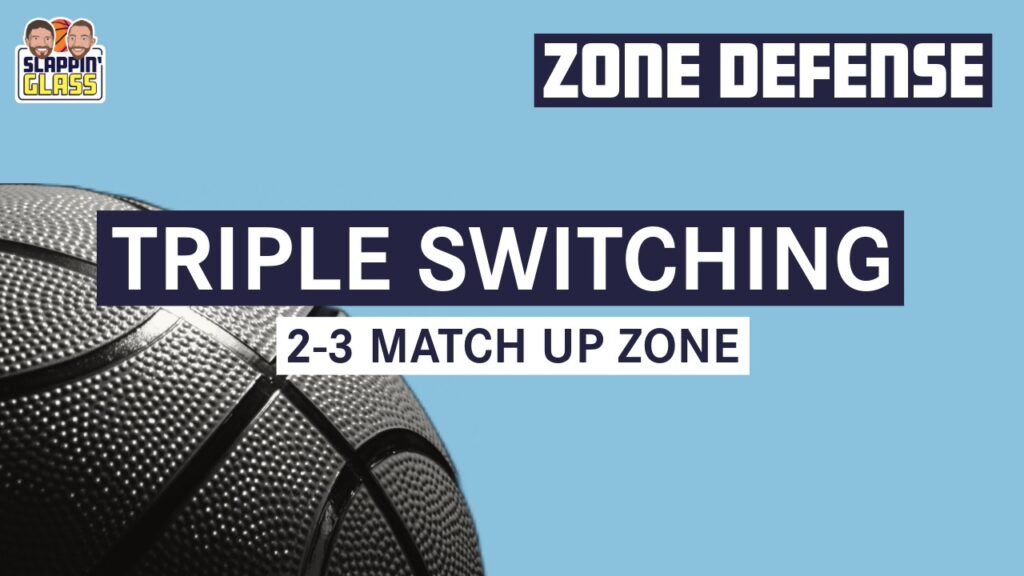Zones…besides turnovers and fundraising, one of the leading causes of anxiety for coaches worldwide. These deceptive, non-“man to man” coverages can keep even the best up at night wondering how our teams could be so perplexed by even the simplest zones. Today’s study is on one the sneakier 2-3 matchup zones we’ve seen that starts in an unusual alignment and anticipates the offense’s strategy. Welcome the Israel U20 National Team’s “2-3 Triple Switching Zone.”
Since many offenses rely on PNR actions, one of the best ways to neutralize the ballscreen is through switching. But how can you switch effectively without creating size mismatches? The key is the “triple switch.” To maintain size-on-size matchups, the triple switch works best when bigs come off the weakside corner to bump smaller defenders out. On the ball, the most natural switches involve like-sized defenders. So, how can a defense create a situation where a perimeter defender switches onto the ballwhile the roller is contained by a weakside big?
One solution lies in the formation of the 2-3 Zone.
Two Birds….One Zone
To ensure the best possible defensive positioning after a PNR switch, this matchup zone requires the 3-man to be the middle defender on the baseline, while the two remaining bigs start on the wings…
Below are examples of situations where starting with that 3-man in the middle instead of on the wing like a normal 2-3 zone becomes advantageous for the defense…
As the offense progresses through its actions, the zone will begin to match up, ensuring the 3-man is aligned with either the high post or the big in the middle…
Away from the ball, the defense will switch on any screens or handoffs to keep the guards high and the bigs positioned in the corners…
A Quick Aside: In general, to maintain defensive integrity off the ball, any offensive player moving up toward the ball is the responsibility of the guards, while actions or cuts toward the baseline are handled by the bigs.
Returning to the Triple Switch, with the 3-man matched up with the high post and the defense maintaining their positions during off-ball exchanges, the defense is now in the ideal position to switch the ball screen with a like-sized defender, while the big is perfectly positioned to bump the guard out…
At this point in the possession, the offense has failed to create any numerical or matchup advantages and must rely on their “Play After the Play” concepts to generate an opportunity against a shrinking shot clock.
What we’ve come to appreciate about this defense is its cleverness in stalling out the possession, as the defense can easily shape-shift while maintaining matchups. If an offense schemes against the “zone” with “zone sets”, it will eventually transition into man-to-man. Play man offenses, and the defense’s switching scheme is well-suited to disrupt their actions.
For a more in-depth film analysis of the “Triple Switching” Zone, including how the defense handles the following situations:
- “Elbow Out” PNRs
- Step-up screens
- Corner step-up screens
- and more
Become an SG+ Member to view the full breakdown now on SGTV!
